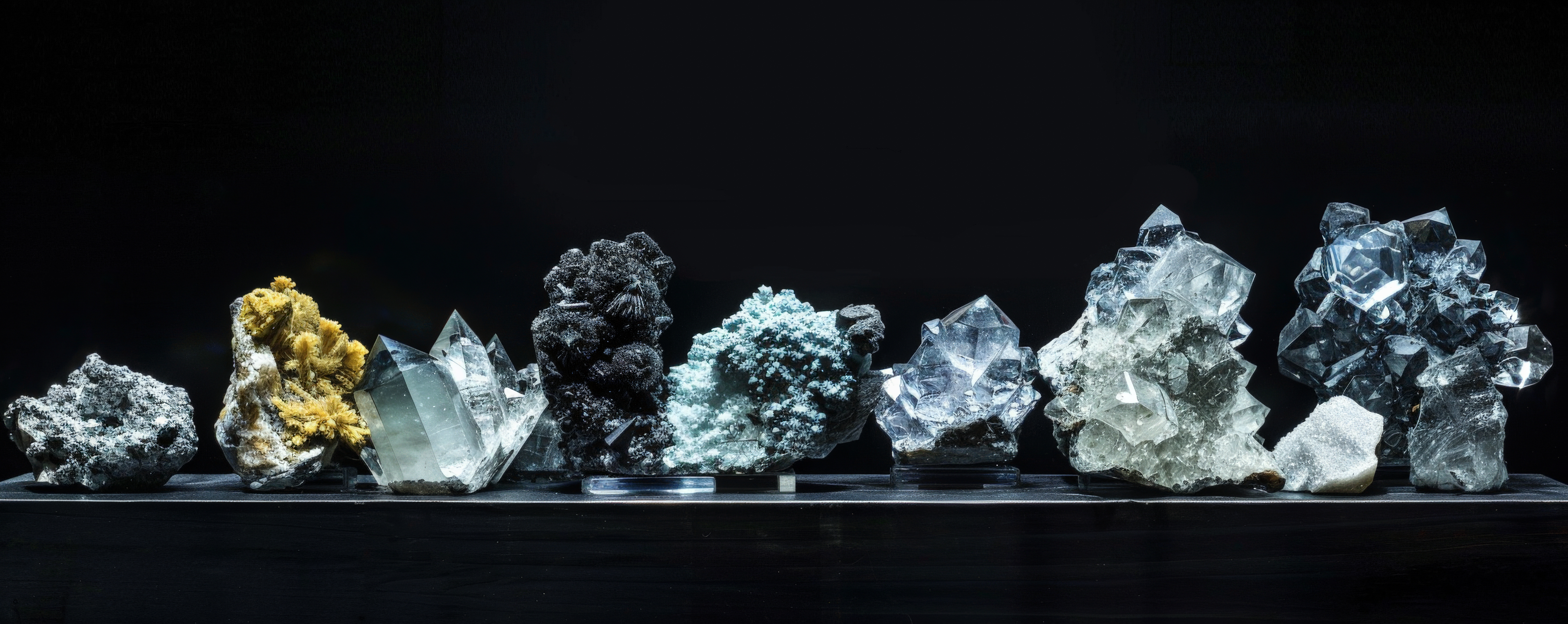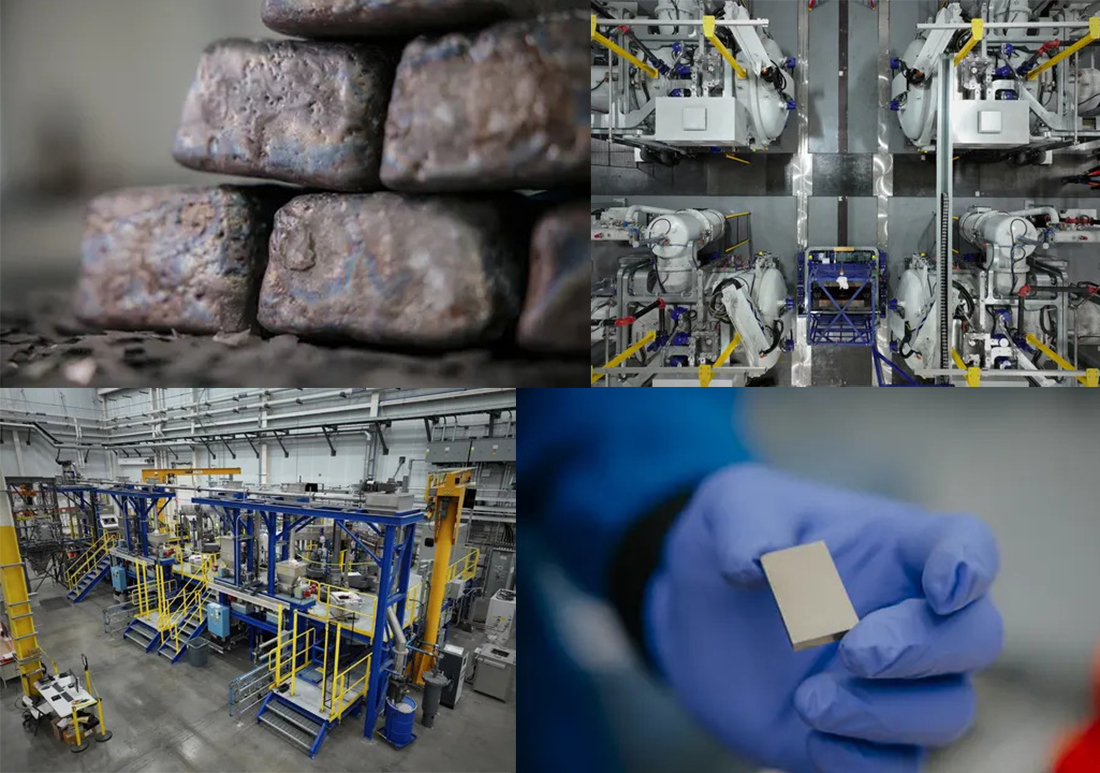Tenova continues to lead the way in developing pioneering sustainable solutions for the metals industry. Most recently, it has developed, built, and commissioned electrolytic cells for commercial-scale rare earth metallization. This represents a critical step in the supply chain to produce the sintered neodymium-iron-boron (NdFeB) magnets that are crucial to the green energy transition.
It is not an exaggeration to say that rare earths are currently some of the most sought-after chemical elements globally. They are key components in virtually every piece of modern technology, and they are fundamental to our daily lives: from mobile phones, computers, and flat-screen monitors to electric vehicles, wind turbines, and solar panels. For this reason they have been identified as critical metals by the European Commission (CRM – “Critical Raw Materials”) and the US Department of Energy in the Energy Act of 2020. Certainly, without them our goals to facilitate the energy transition and decarbonize the planet would be impossible to achieve.
Tenova has successfully engineered, manufactured, and commissioned state-of-the-art electrolytic cells designed for rare earth metallization and high-purity metal production. These innovative cells are specifically tailored for the efficient, commercial production of neodymium-praseodymium (NdPr) metal. Featuring advanced automation systems and an innovative automatic tapping mechanism, our equipment provides operational efficiency, stability, and product quality. By leveraging the expertise of our engineering team, Tenova has integrated a complete automation control system with proprietary innovative sensors to optimize performance and reliability. This comprehensive solution also includes auxiliary equipment to enhance plant operations, underlining our commitment to driving advancements in electrolytic production technology and delivering unparalleled value to our customers.

This new solution for NdPr metalmaking has been deployed by our customer, MP Materials, enabling the commercial-scale production of rare earth metals in America for the first time in at least a generation. Crucially, in this same facility, MP will use this NdPr metal to produce NdFeB magnets, which are some of the world’s most powerful and efficient permanent magnets, and, as such, are critical components in vehicles, drones, robotics, electronics, aerospace, and defense systems. Tenova is proud to have played a part in this achievement, as it underscores our commitment to innovation and excellence in technologies that facilitate the energy transition.
Permanent magnets have a wide range of applications: you can find them in TV’s, loudspeakers, radios, leather bag buckles, data cable magnetic rings, computer hard disks, and mobile phone vibrators. Rare-earth magnets are extremely strong permanent magnets made from alloys of rare earths. The most prominent rare-earth intermetallic compound is Nd2Fe14B, which is ferromagnetic and, with proper heat treatment, becomes the hardest magnetic material known.

An electrolytic cell is a device that uses electrical energy to perform chemical work (electrolysis). It contains two types of electrodes, called anodes and cathodes, that conduct electricity in the form of direct current to a liquid solution called the electrolyte. Unlike the electrodes which are electronic conductors, the electrolyte is an ionic conductor. The way that electric charge flows between the electrodes and electrolyte is by chemical reactions that transfer electrons to and from ions. The net result, in the case of rare earths, is the electrolysis of rare earth compounds into rare earth metal and off gases.
Related technologies
Want to know more?
Get in touch with our experts on the subject


